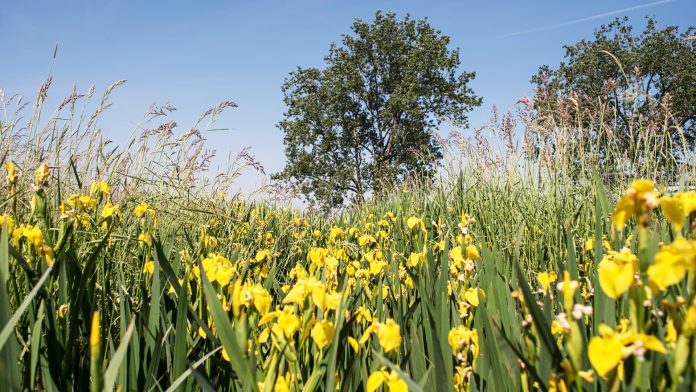17 years ago, the then Environment Minister Siegmar Gabriel set the goal of halting the decline in biodiversity within just three years. It remained a pious wish. The trend reversal did not materialize. The loss of biodiversity continued. Around a third of all animal and plant species in this country are now considered endangered. Two thirds of our protected habitats are in poor condition.
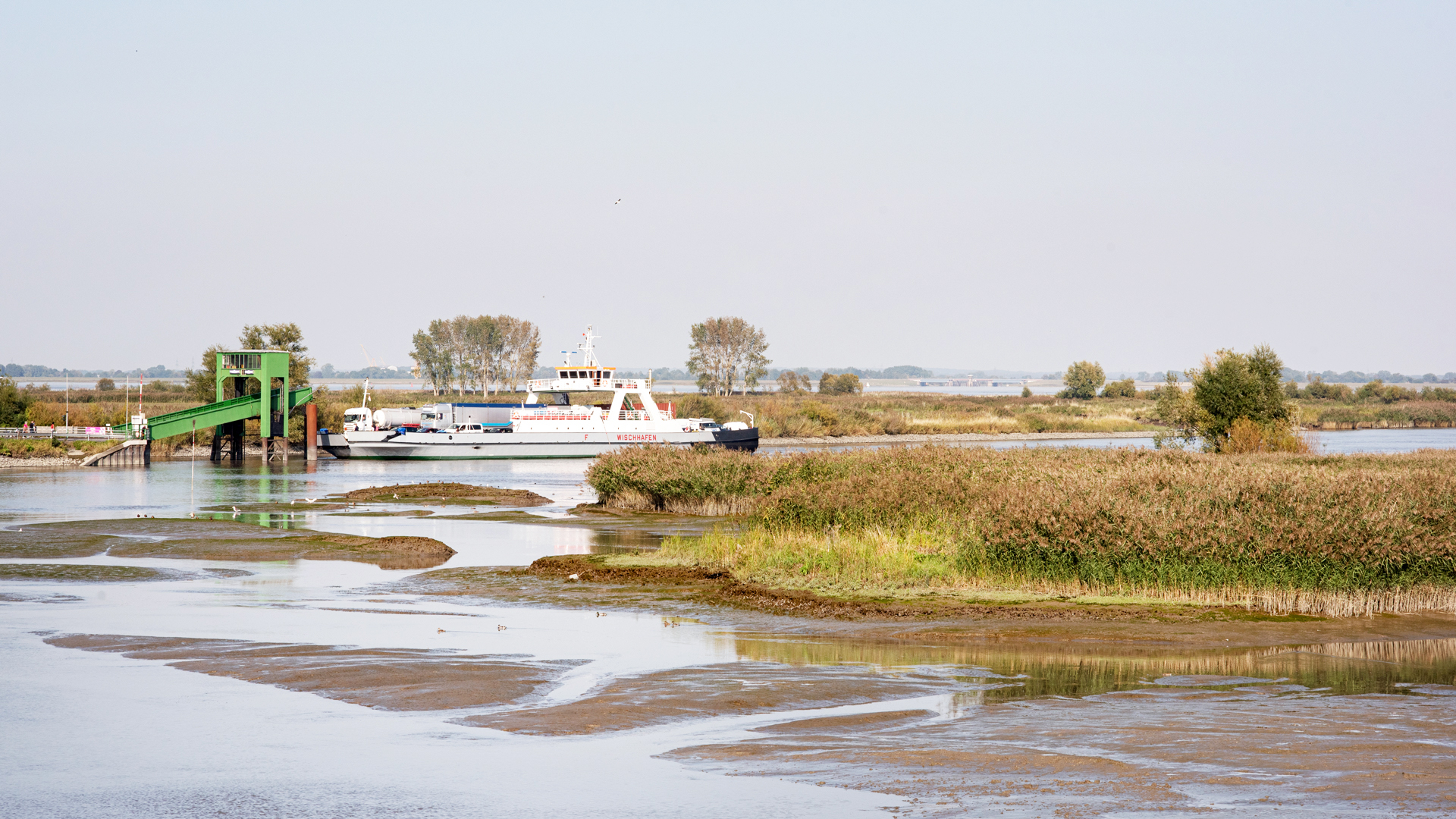
Now there is finally a new attempt to stop the dying: the European Nature Restoration Law will come into force in mid-August. A regulation that could prove to be a “game changer”. The regulation is considered the most important EU nature conservation law in decades. Implemented correctly, it will make a decisive contribution to the urgently needed preservation of our natural resources.
Follow us on social media
Paper is patient
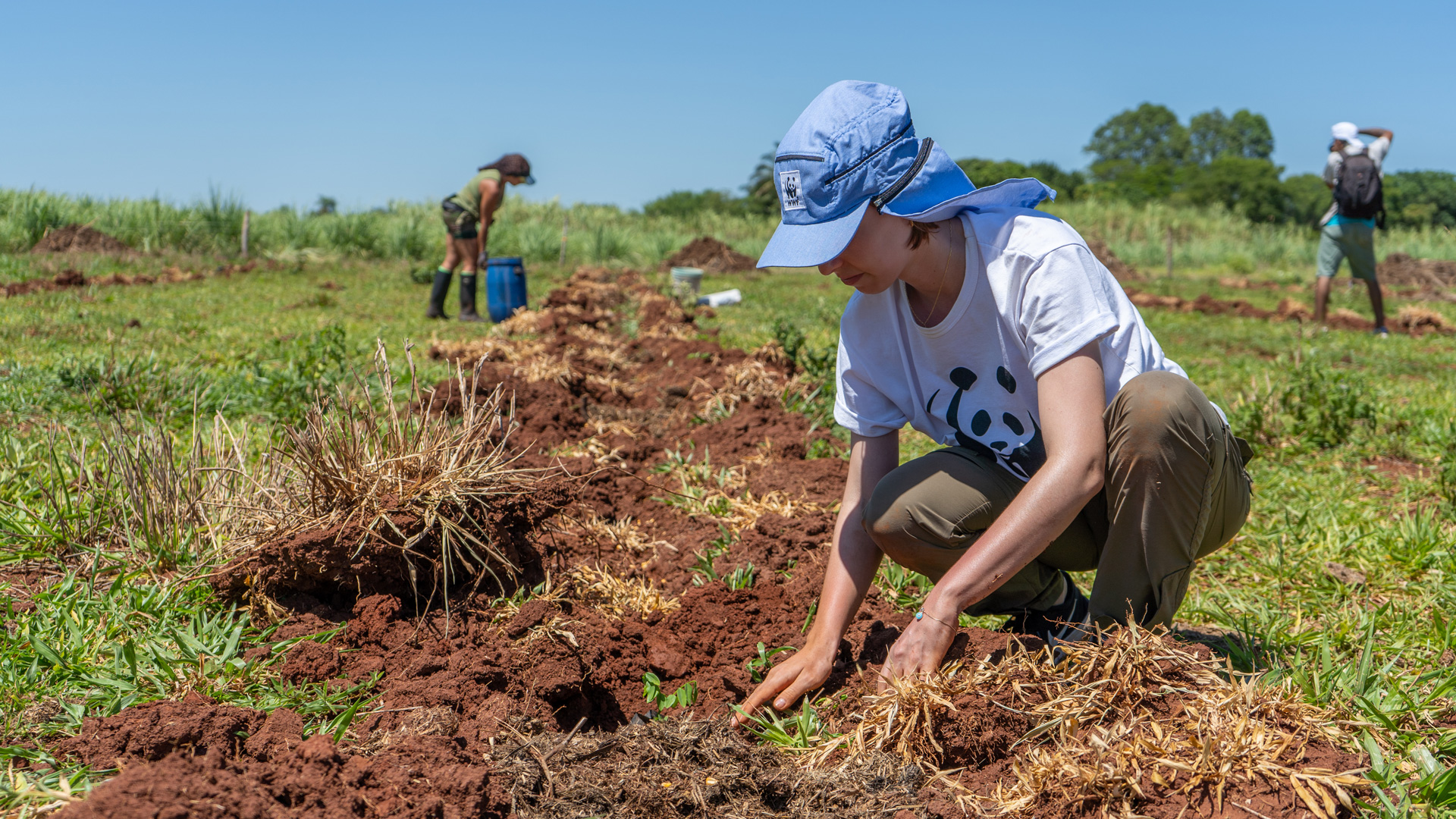
There is a huge network of nature reserves throughout Germany and Europe. There are groundbreaking European guidelines in the form of the Flora-Fauna-Habitat, Water Framework and Birds Directives. Some of them have been in force for decades. Nevertheless, nature is not sufficiently protected. Paper is patient! The guidelines have not stopped the decline of nature. The restoration regulation, which has been the subject of an unprecedented political thriller over the past two years, is intended to correct previous mistakes. Even if the law has lost substance in the political process due to weakening and exceptions, it still offers the opportunity for a new start. The Nature Restoration Law aims to stop the extinction of species in Europe and ensure greater resilience to the consequences of the climate crisis such as droughts, floods and forest fires.
How could our nature have deteriorated so far and what does one have to imagine when it comes to restoring it? The causes of species extinction lie in overexploitation and damage to nature by humans. High nitrogen and pesticide inputs in agriculture, the intensive cultivation of fields and forests have left their mark, as have the loss and fragmentation of natural areas due to soil sealing or transport projects. Added to this is the pollution of water bodies and increasing global warming.
Rewetting, unsealing, reforestation
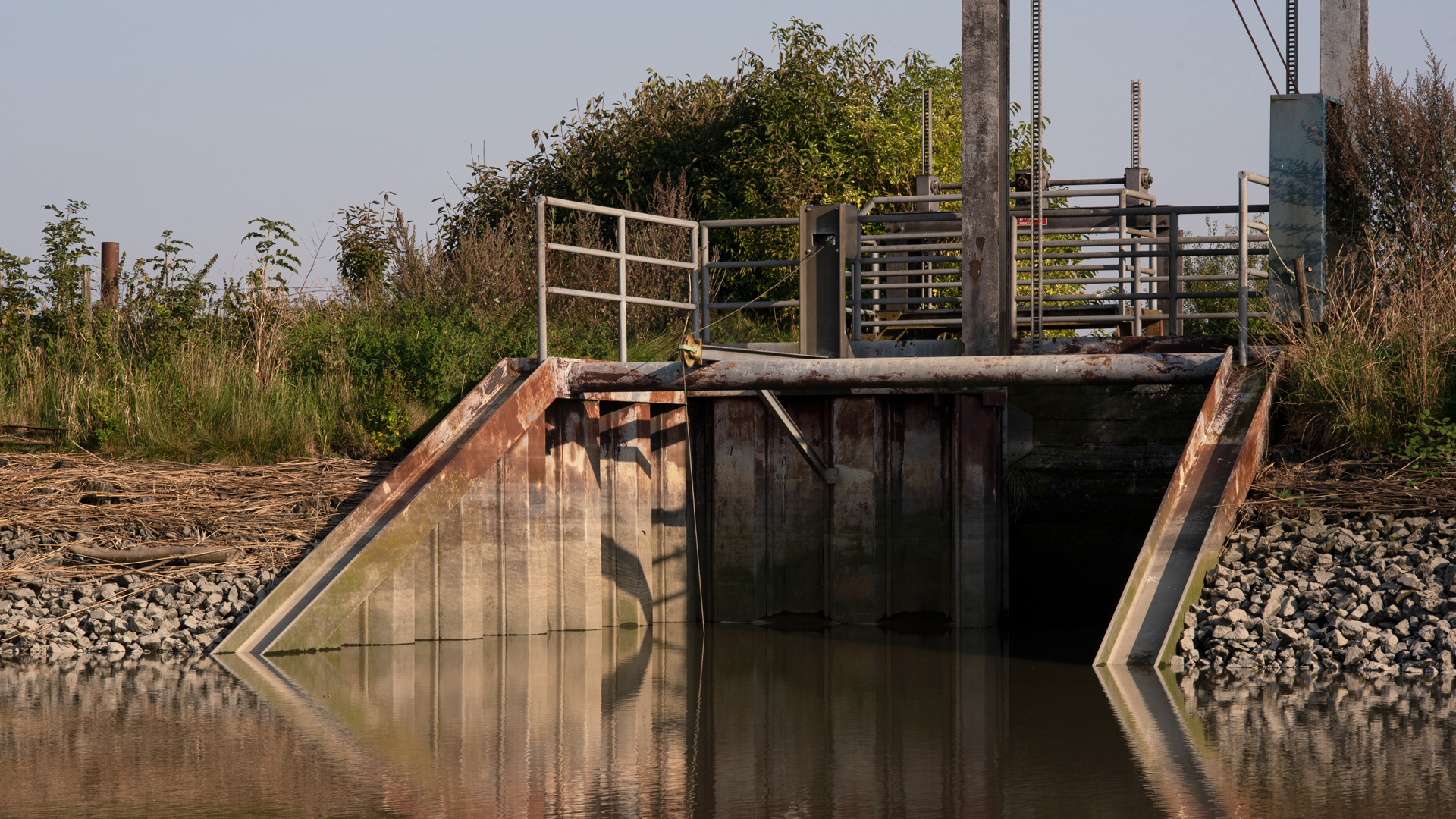
Restoration can mean allowing nature to recover largely without damaging human influences. Active intervention is often necessary. Some measures rely on a changed or more gentle use of nature. Restoration measures include, for example, the rewetting of drained moors and the conversion of forests into more natural and climate-resilient forests. It is also important to move dikes back to give rivers more space and create new floodplains. Renaturation also includes an agricultural landscape that is loosened up with more rows of trees, copses and hedges, which offers refuge for many species, better protected nature reserves and more parks and green spaces in the cities.
Liberated rivers and three billion trees
The EU Nature Restoration Regulation, which is now coming into force, aims at the long-term recovery of European ecosystems on land and in the seas. To this end, restoration measures should be carried out on 20 percent of Europe's land and sea area by 2030 – and on all damaged natural areas by 2050. The regulation sets guidelines for improving the state of European FFH and bird sanctuaries. It prescribes verifiable improvement trends for the forest, the agricultural landscape and the status of insect populations. The goal of an additional 25,000 kilometers of free-flowing rivers is to be achieved across Europe. Moors are to be re-wetted, three billion trees are to be planted and inner-city green spaces are to be expanded.
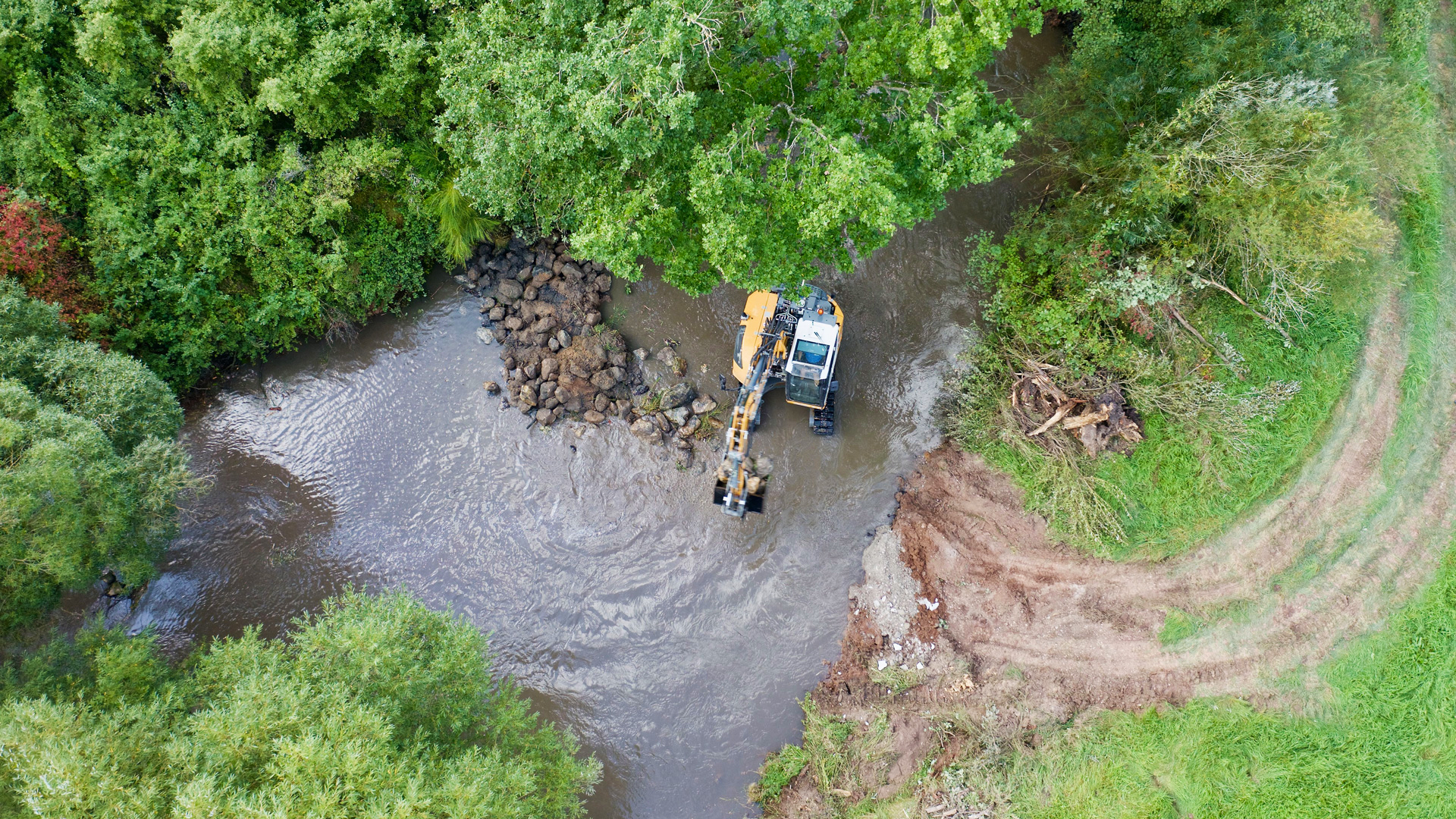
If this comes true one day, it will not only benefit nature, but also us humans – last but not least, the measures will have very positive effects on climate protection and climate adaptation. Intact nature provides essential ecosystem services, supplies important raw materials, and ensures fertile soils, clean drinking water and clean air. As pollinators, wild bees provide invaluable services to our food supply. Green spaces provide moisture and coolness. Well-done forest conversion and river restoration have a positive effect on the landscape water balance, which is urgently needed in view of increasing droughts. Intact moors and forests are not only valuable ecosystems, but also serve as CO2-Memory.
Time we don't have
But first the law must be breathed into life. This could take until 2027, because the EU member states must first develop national recovery plans tailored to their conditions. The EU Commission must then give the green light. Too much time passes here, not only when you consider that renaturation projects often take many years. But also against the background that the Kunming-Montreal Agreement, signed by all EU member states, aims to stop global biodiversity loss by 2030. The German federal government must therefore make advance efforts to restore nature and is also doing this with the “Natural Climate Protection Action Program”. This must not fall victim to a round of austerity and must be continued unabated by the next government.
Don't miss anything with the WWF newsletter!
Things are better together
The Nature Restoration Ordinance is likely to lead to intensive discussions about more natural land and forest use. It can only be implemented together with land users. Viable sources of income in these areas remain a key issue. Well-organized participation formats must accompany the creation of the National Recovery Plan. Black and white thinking should be overcome from all sides.
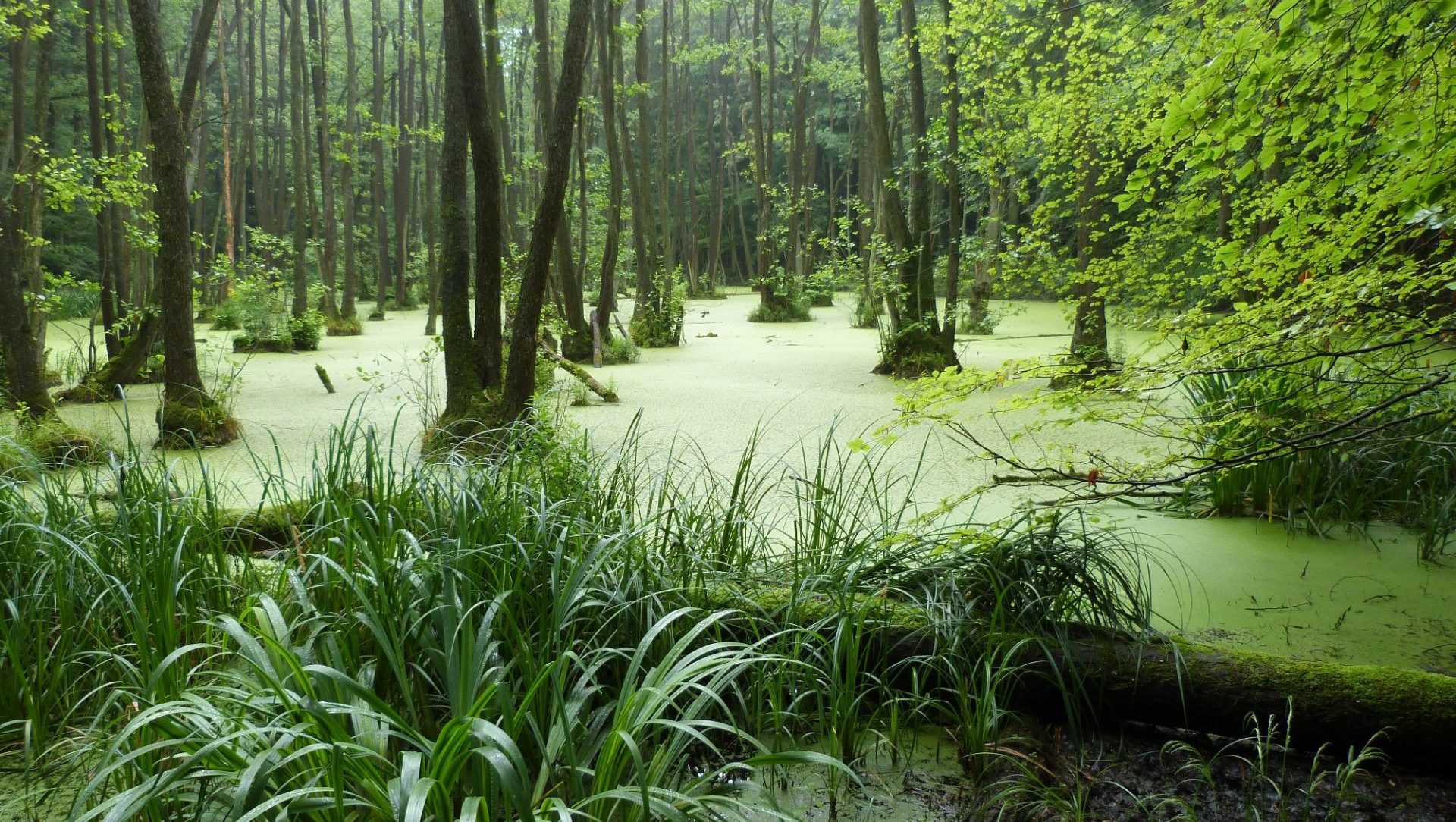
Despite often bitter disputes, the Nature Restoration Ordinance is a wonderful legacy of the EU Parliament term that has just ended. It offers another chance for a trend reversal. Now it's important not to let this go to waste.
Follow us on social media:

